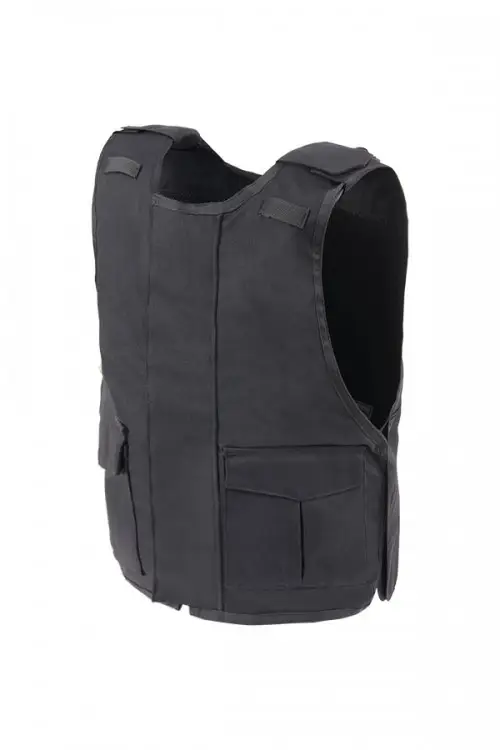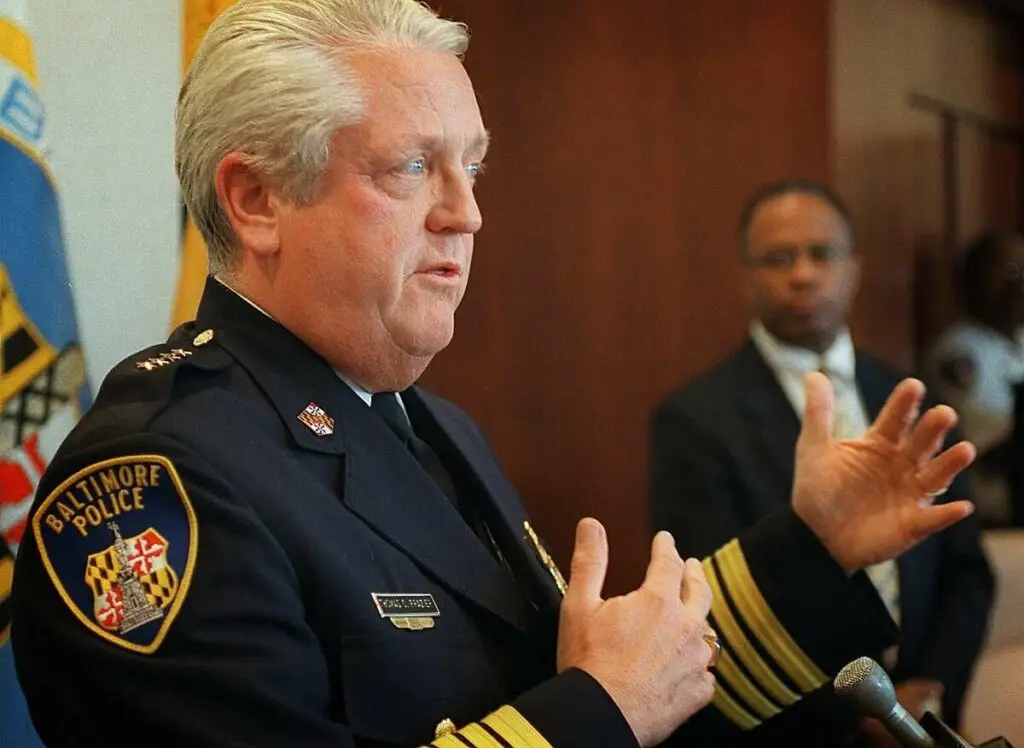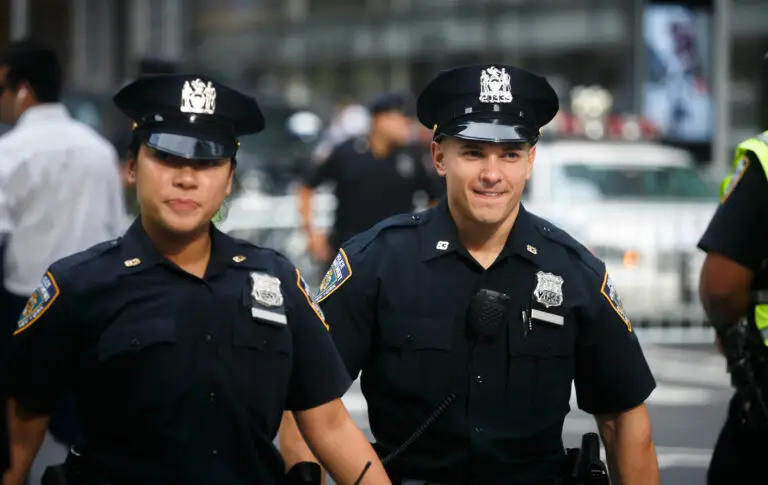
Police officers who are held to standards of uniform appearance soon realize the importance of uniformity toward their other responsibilities.
~ Barry M. Baker Tweet

Detective Lieutenant Barry M. Baker (ret.) is a 32 year veteran of the Baltimore Police Department.
The police uniform is the single most important factor in projecting a police officer’s image of authority in an authority resistant world. Uniformity is unpopular in many aspects of society, and that’s not a bad thing. No one wants to live in a society where everything is uniform, because everything would rapidly become boring and suffocating.
However, uniformity does have its place, and one of those places is a police department. The police uniform projects authority, but it also enhances discipline within the police organization. It’s the responsibility of supervisors to ensure that police officers are properly attired, before they begin interaction with the public. Police officers who are held to standards of uniform appearance soon realize the importance of uniformity toward their other responsibilities.
The Police Uniform Hat
I’m certain that police departments issue police uniform hats, but you wouldn’t know that by your observations of hatless cops. I began my career in a department that required wearing the hat, and officers complained then as they do today. The reasons for going hatless have always been ridiculous, but today’s police leaders have succumbed to the fashions against uniformity.
The police uniform hat is the most noticeable symbol of your office, because people communicate face to face. You’ll frequently encounter people under stressful circumstances, and they should never forget they are speaking with the person in authority. It’s not that police officers dislike hats, because you’ll see some with interesting choices. Knit skull caps may be appropriate in blizzards and high winds, but they do nothing for an authority image.
Body Armor and the Police Uniform
Body armor is part of the police uniform today, but it was novel when I got my first vest. Comfort was not a priority in the beginning. The Kevlar panels were bulky, and concealable was not a word that really applied to the early vests. A lot has changed. The technology has rapidly advanced, and the comfort and protection levels have increased dramatically.
Today, you’ll see officers wearing overt vests over the police uniform shirt. The overt vest has advantages. It offers more comfort than a covert vest, and the carrier provides pockets to carry stuff. For example, you could carry your handcuffs in a pocket freeing up space on your belt. Don’t get carried away, because you don’t want to look like a walking police supply outlet.
The overt vest does present a requirement, because everybody has to wear one to keep uniformity in the police uniform. It won’t be a problem if your department issues the overt vest, because it will be part of the uniform.
Militarization of Police Departments
Police departments in the United States are not military organizations, and they are not paramilitary. Although, the meanings of words change over time and paramilitary is one of those words. The second edition of Webster’s dictionary has a precise definition, and the third edition is less precise. I should say the latter will lead people to argue that police departments are paramilitary. “Characteristic of a force formed on a military pattern” is a part that probably triggers the militarization critics. Let’s not forget the police uniform. Police wear uniforms and they carry guns, so they must be paramilitary. Despite any definition, paramilitary has political connotations.
There are many nations around the world where the military and police are one in the same. The United States isn’t one of them. The only thing that leads some to fear militarization of police is the police uniform. When they see a SWAT team or police dressed in riot gear, they succumb to the imagery. Putting imagery into context with existing circumstances would help, but ideologues rarely let context affect their views on anything.
Police Uniform Shoulder Patch
Baltimore’s police uniform shoulder patch evolved over many years, but it was displayed only on the left shoulder. Baltimore officers were proud of their patch, and they long expressed their desire to wear the patch on both shoulders. It wasn’t until 1994 when Thomas C. Frazier was appointed as Baltimore’s Police Commissioner that their wish was realized.
An Urban Legend goes along with this Story
It is said that the Commissioner, while in police uniform, was attending a function at a downtown hotel. A woman mistook the Commissioner as a member of the hotel’s concierge service, and she requested assistance with her luggage. The Commissioner graciously assisted the woman; after which, he returned to Headquarters and issued a directive that the patch be displayed on both shoulders.
The story didn’t reveal if the woman became aware that Baltimore’s Top Cop carried her luggage, but it was a good story never the less. A more realistic reason for the Commissioner’s quick approval of the additional patch to the police uniform probably existed. Commissioner Frazier arrived in Baltimore from the San Jose Police Department in California where he’d been Assistant Chief of Police. San Jose officers wore their shoulder patch on both shoulders


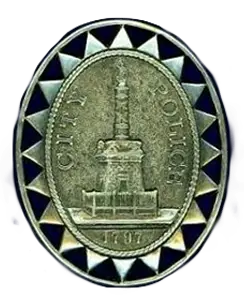

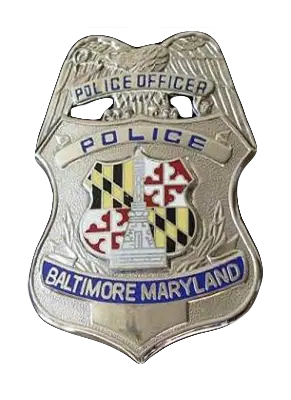
US Police Uniforms without Badges
The Badge is part of the police uniform, and it is worn on the left side of the chest. There are exceptions to everything, and there are five US state police departments that are exceptions to the badge rule. Three display no badge, and two display the badge on the uniform hat.

New Jersey State Police – displays the badge on the uniform hat. You won’t see New Jersey Troopers running around hatless, because the badge definitely makes the hat part of the police uniform. Badge number 1921 has never been issued, because 1921 is the year the New Jersey State Police was established.

Rhode Island State Police – wear numbers stamped in brass on black fabric over the left breast of the uniform. The RISP issues a wallet badge that is gold colored for all ranks.

New York State Police – are issued badges, but the reason the badge is not worn on the police uniform is a mystery.
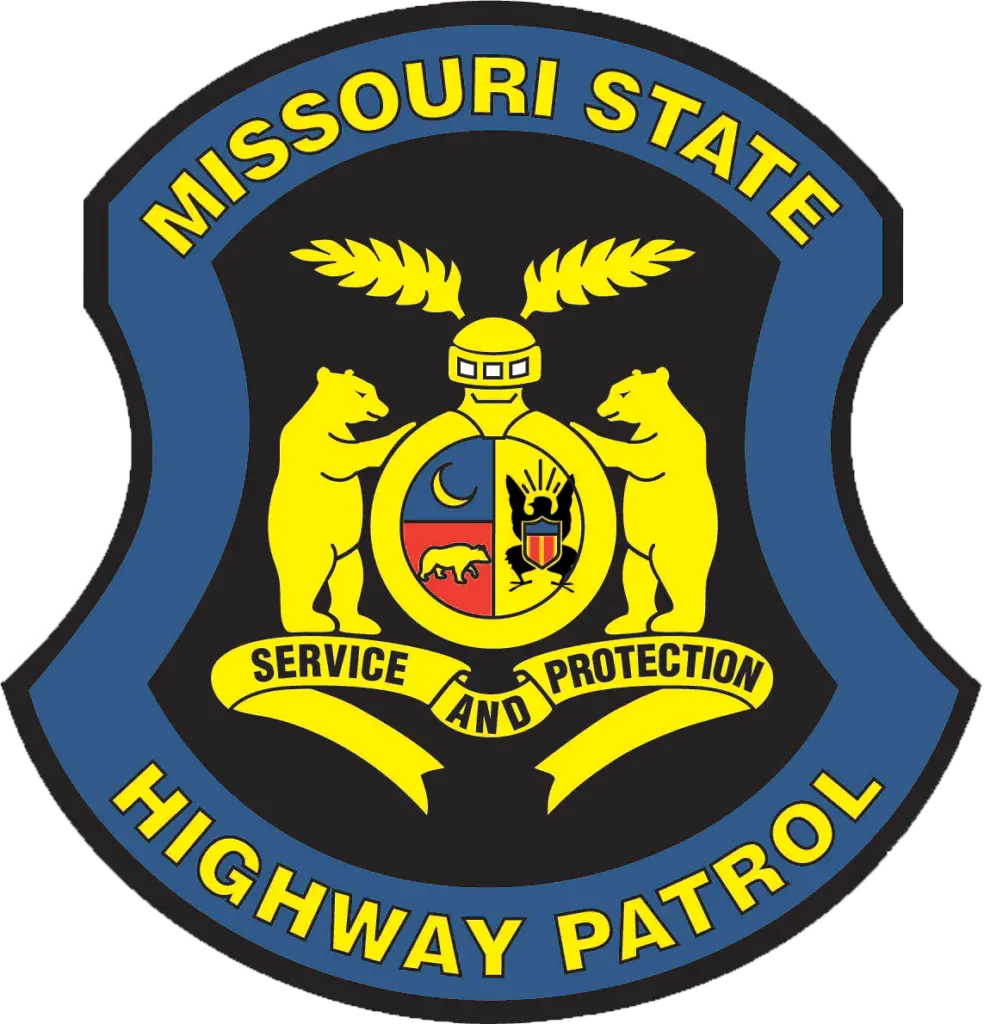
Missouri Highway Patrol – troopers are issued hat and wallet badges, and it appears that all insignias used by the Patrol are derived from the shoulder patch pictured.
Pennsylvania State Police – carry a wallet badge. There are many purported badge images available on the Internet, but none are available from an official PSP source. The photo here depicts the PSP police uniform shoulder patch.


